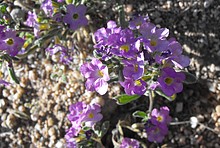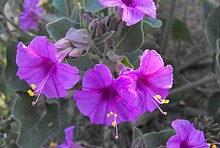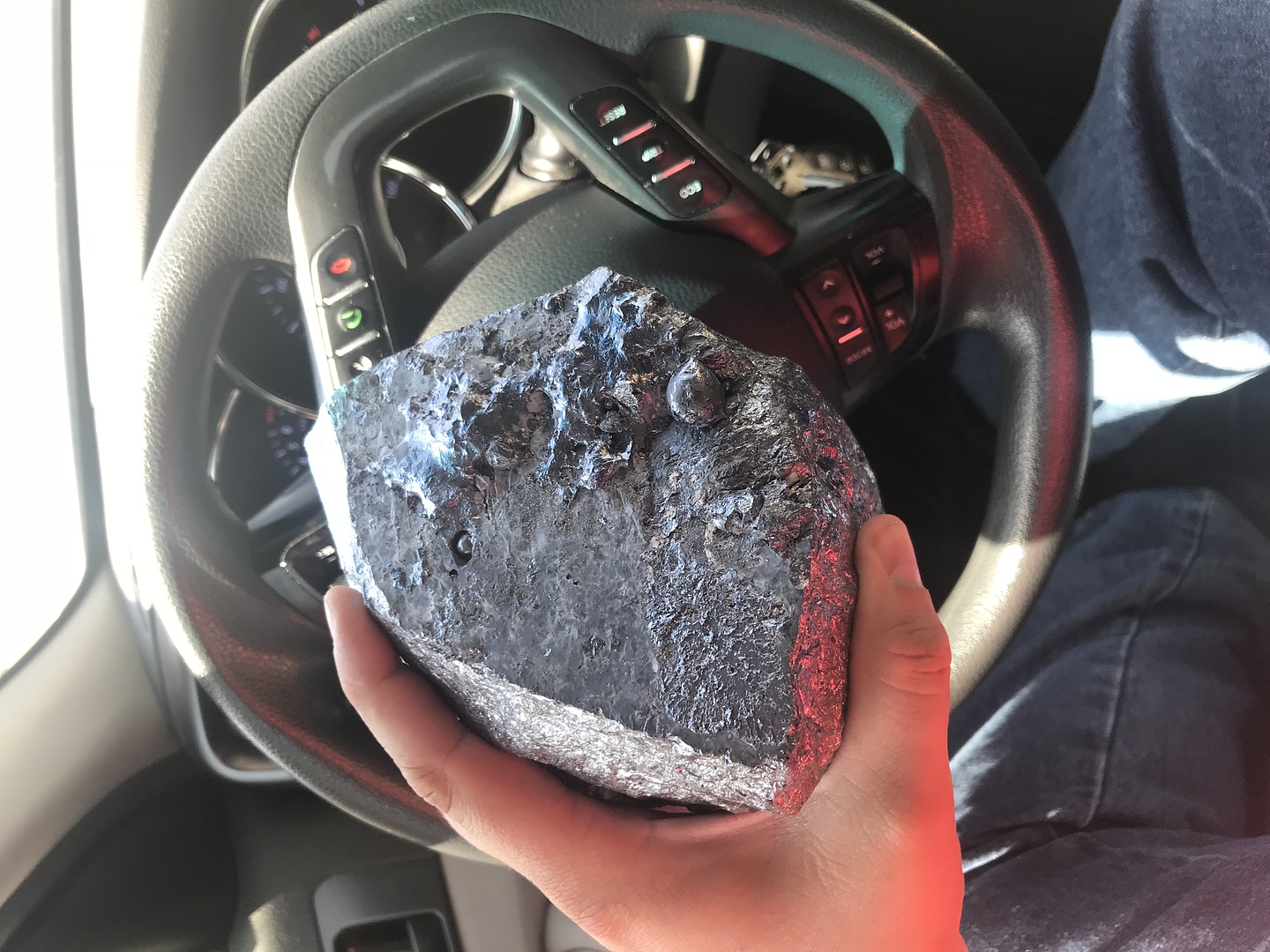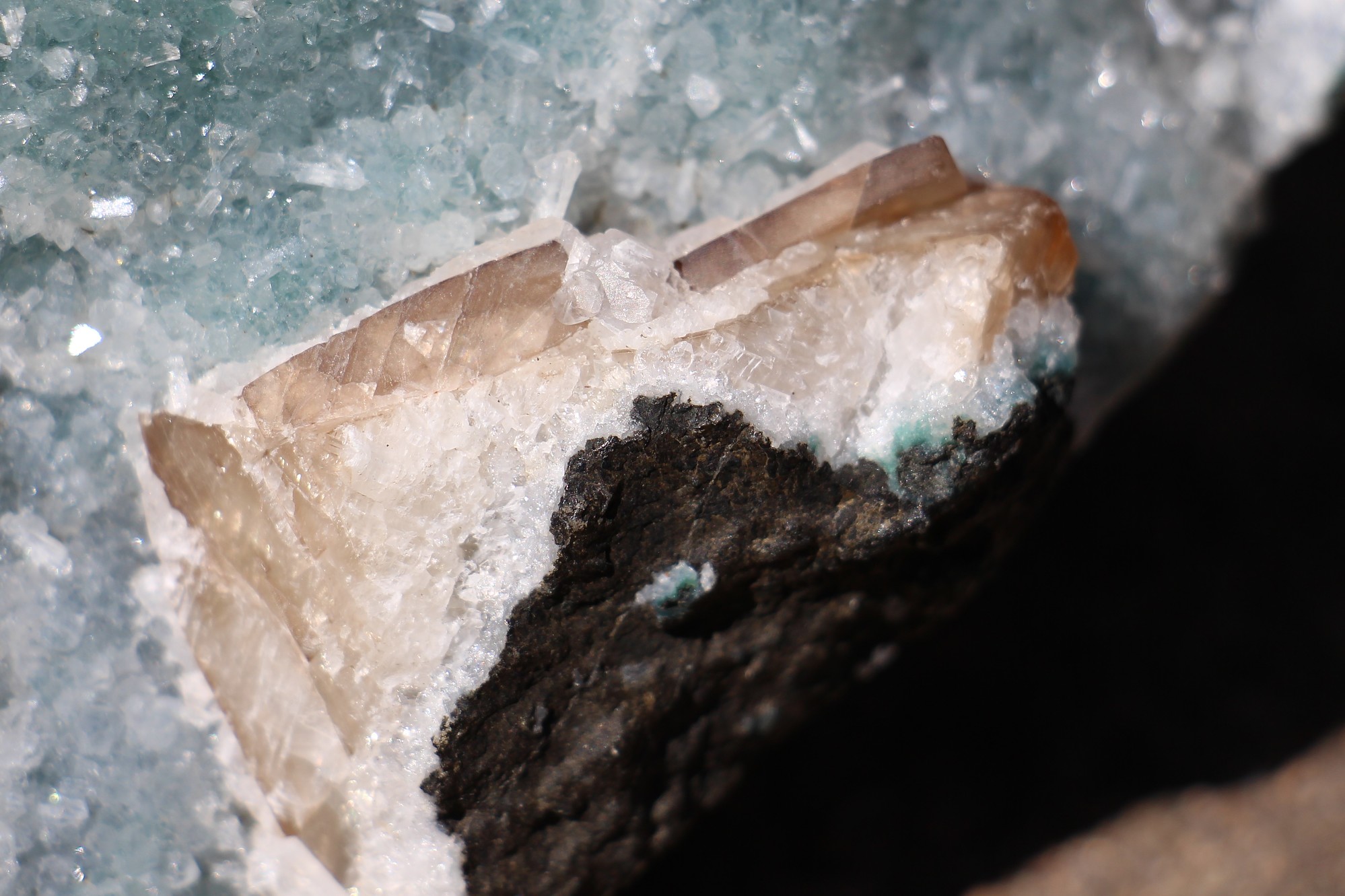Home PageAbout MindatThe Mindat ManualHistory of MindatCopyright StatusWho We AreContact UsAdvertise on Mindat
Donate to MindatCorporate SponsorshipSponsor a PageSponsored PagesMindat AdvertisersAdvertise on Mindat
Learning CenterWhat is a mineral?The most common minerals on earthInformation for EducatorsMindat ArticlesThe ElementsThe Rock H. Currier Digital LibraryGeologic Time
Minerals by PropertiesMinerals by ChemistryAdvanced Locality SearchRandom MineralRandom LocalitySearch by minIDLocalities Near MeSearch ArticlesSearch GlossaryMore Search Options
The Mindat ManualAdd a New PhotoRate PhotosLocality Edit ReportCoordinate Completion ReportAdd Glossary Item
Mining CompaniesStatisticsUsersMineral MuseumsClubs & OrganizationsMineral Shows & EventsThe Mindat DirectoryDevice SettingsThe Mineral Quiz
Photo SearchPhoto GalleriesSearch by ColorNew Photos TodayNew Photos YesterdayMembers' Photo GalleriesPast Photo of the Day GalleryPhotography
╳Discussions
💬 Home🔎 Search📅 LatestGroups
EducationOpen discussion area.Fakes & FraudsOpen discussion area.Field CollectingOpen discussion area.FossilsOpen discussion area.Gems and GemologyOpen discussion area.GeneralOpen discussion area.How to ContributeOpen discussion area.Identity HelpOpen discussion area.Improving Mindat.orgOpen discussion area.LocalitiesOpen discussion area.Lost and Stolen SpecimensOpen discussion area.MarketplaceOpen discussion area.MeteoritesOpen discussion area.Mindat ProductsOpen discussion area.Mineral ExchangesOpen discussion area.Mineral PhotographyOpen discussion area.Mineral ShowsOpen discussion area.Mineralogical ClassificationOpen discussion area.Mineralogy CourseOpen discussion area.MineralsOpen discussion area.Minerals and MuseumsOpen discussion area.PhotosOpen discussion area.Techniques for CollectorsOpen discussion area.The Rock H. Currier Digital LibraryOpen discussion area.UV MineralsOpen discussion area.Recent Images in Discussions
Identity HelpNeed help Identifying my rock

4th May 2018 18:31 UTCChris Silva

4th May 2018 18:35 UTCChris Silva


4th May 2018 19:05 UTCVolkmar Stingl
4th May 2018 19:20 UTCKevin Conroy Manager
4th May 2018 19:57 UTCReiner Mielke Expert

4th May 2018 20:23 UTCChris Silva

4th May 2018 20:26 UTCChris Silva

4th May 2018 20:35 UTCChris Silva
4th May 2018 21:16 UTCReiner Mielke Expert

4th May 2018 21:33 UTCChris Silva

8th May 2018 04:54 UTCGreg Simmons
This is the full piece. it is 6.5 inches by 5 inches. It weighs about 3 lbs.
Originally I thought it was stilbite but I don't think that makes sense but the crystals also look like hemimorphite like this: https://www.mindat.org/photo-4112.html and the quartz has tiny rice-like crystals sprinkled all over it shaped like this: https://www.mindat.org/photo-66236.html
Any insight would be appreciated
Greg,
This is one of the ones I think is baryte. There is a cluster of them in a vug and about a dozen single crystals or small clusters around the piece. All of the crystals are colorless and very clear but have this pinkish inclusion on just the edges of the crystals. They are sort of triangular in shape.
8th May 2018 05:27 UTCKevin Conroy Manager
8th May 2018 05:55 UTCGregg Little 🌟

8th May 2018 18:44 UTCGreg Simmons
Anyway. I'll post more images later.

8th May 2018 21:17 UTCGary Weinstein
8th May 2018 22:08 UTCKevin Conroy Manager

8th May 2018 22:43 UTCGreg Simmons
8th May 2018 23:39 UTCGregg Little 🌟

10th May 2018 03:50 UTCGreg Simmons
This is a larger crystal, I think it's the same stuff as the smaller ones but older and a brownish color.
This one is a cluster of the, are we calling Huelandite(?), crystals are less than 1cm.
This one is the biggest cluster and you can see several of the "rice" like crystals too.
If anyone can think of a specific photos that would assist let me know and I"ll take more.

10th May 2018 14:43 UTCGreg Simmons
12th May 2018 06:37 UTCGregg Little 🌟

14th May 2018 14:08 UTCAlfred L. Ostrander

14th May 2018 15:07 UTCAlfred L. Ostrander
Please consider this as a probable sequence of events and minerals formed.
The minerals have formed in a vesicle in basalt. A vesicle is an empty opening often a gas pocket. When filled with minerals it is often called an amygdule.
The basalt walls where then altered and the celadonite is formed.
It appears that after the celadonite has formed a layer of small quartz crystals formed. Linings of small crystals like this are often called a druse, druze, or drusy. All three being used to describe a habit of quartz. Saying quartz after celadonite implies a pseudomorph is present. You should think of sequence and association. Consider thinking of this celadonite followed by quartz. Just look at the layers and see if you can determine what the sequence. Include the basalt matrix as the first step.
Considering the next step, the question of stilbite or hemimorphite can be reasonably settled by considering the environment of formation in that this is an environment far more suitable for stilbite rather than hemimorphite. Stilbite can be white or pink but more importantly is the habit. Stilbite in the probable environment here will most likely show a sheaf like bundle of crystals. The small rice like crystals are also most likely stilbite.
As to baryte, it can be found in this environment but the environment favors heulandite. The overal crystal morphology appears more like heaulandite. If any of the faces of these crystals have a pearly sheen it is most likely heaulandite.
You are correct when you made the step in logic that the celadonite, quartz, stilbite and heualndite are a likely sequence of minerals for the environment.
Identifying minerals and localities from photos can be tricky but some sequences, habits, and matrix lend themselves to reasonable conclusions. This specimen is most likely from the basalt traprock found in the state of Maharashtra in India. I prefere using the traprock term as not all the minerals present are zeolites although it has become common to refer to the specimens from India as zeolites. Traprock comes from an old German term for basalt and the minerals present are all known to be common in this environment. Older literature refered to this as the traprock suite. I like this definition as it starts with the original rock and includes all the minerals present, zeolite or not.
Enjoy your specimen!

14th May 2018 17:34 UTCGreg Simmons
Thanks gentlemen, for your insights. It has been very helpful. Alfred, my original instinct was indeed that the creamy crystal cluster, and the rice like ones were stilbite. Until now I'd never heard of celadonite and so I went to the mineral I know that was most like it, forming a blue-green crust under the quartz, so I figured it was chrysacolla. That then made me question my assumption of the stilbite and sent me on the search for an alternative, hence the thought it might be hemmimporphite.
Now that i've enjoyed the insight from everyone, I have one final question, which relates to cataloging it. What would be appropriate to use as the primary mineral? would it be the first one to form, the celadonite, or the one most prevalent, which I think would be the quartz druze?
Thanks again everyone. I look forward to learning more as I start cataloging my collection.
Greg

14th May 2018 20:31 UTCGary Weinstein

15th May 2018 16:34 UTCGreg Simmons

16th May 2018 01:44 UTCDoug Daniels

16th May 2018 16:38 UTCGreg Simmons
I didn't record f-stop or anything like that, though I think the info is in the camera, but I will going forward. I'm using a 28-135mm lens on a Canon T5i. Most of my collection is cabinet to large cabinet with only a few thumbnails.
Any feed back would be appreciated.

16th May 2018 22:34 UTCHiro Inukai
Even when one's collection is of cabinet+ size specimens, you may find yourself wanting to capture specific small details and features from time to time. For this reason, you should consider investing in a dedicated macro lens for such work. For your camera body, I recommend the recently released Canon EF-S 35mm f/2.8 Macro IS STM. This lens has an integrated LED ring light that facilitates subject illumination for close-up work. With a cheap extension tube, magnification exceeding 1:1 is possible, although the short working distance at the 35mm focal length limits the amount of extension to 25 mm or less.
If you are more serious about macrophotography of mineral specimens, you may wish to consider a lens like the EF 100mm f/2.8L Macro IS, or if you need magnifications as high as 5:1, the MP-E 65mm f/2.8. But the latter should be used with the MT-24EX or MT-26EX-RT flash. But this is a substantial investment, and ironically the large barrel diameter of the MP-E inhibits photography at maximum magnification. For magnifications between 5:1 and 10:1, one should start looking into things like Mitutoyo infinity-corrected microscope objectives. But by then you're firmly in micromount territory and that kind of photography is a whole other discipline.
One should also not forget third-party lenses, such as those from Venus Optics; some can go from infinity focus down to 2:1 without extension.
For non-macro photos of whole cabinet specimens, the attention should be on the aesthetic presentation and illumination. The choice of suitable focal length depends on the desired perspective: this is a point not to be overlooked. Without going into too much detail, I would recommend a longer focal length and photographing the specimen from further away. You should consider arranging a backdrop, made of either fabric or paper, neutral color (black, white, or gray).
Lighting is the most important part of mineral photography. Some specimens are best photographed under diffuse lighting such as from a light box placed as close to the specimen without entering the camera frame. Other specimens are best shot with point light sources. The difference is in the size of specular highlights and the contrast of shiny objects in the scene. Many crystals look dull or flat when photographed under diffuse light. Still other specimens need special lighting--ultraviolet to capture fluorescence; or if translucent, may benefit from being lit from behind to illustrate the internal clarity and structure. There is no single lighting solution that applies to all specimens.
There's so much to explain and share about photography that there's a separate area of the messageboard for it, so maybe it's best for me to stop here. Forgive the gratuitous photo, but here is an example of my photographic work. Chalcopyrite on calcite, Sweetwater Mine, Reynolds County, Missouri. Horizontal field of view approximately 12 mm.

17th May 2018 21:01 UTCGreg Simmons
Best,
Greg
12th Jun 2018 02:18 UTCWilliam W. Besse Expert
Yes, this is from Maharashtra, India as well The mainsinglebarite2.jpg and following pic are of heulandite (reddish) with little white blades of stilbite and drusy quartz. The first pic may be a calcite but hard to tell from pic. There is no barite there.
Bill

12th Jun 2018 22:21 UTCGreg Simmons




Mindat.org is an outreach project of the Hudson Institute of Mineralogy, a 501(c)(3) not-for-profit organization.
Copyright © mindat.org and the Hudson Institute of Mineralogy 1993-2024, except where stated. Most political location boundaries are © OpenStreetMap contributors. Mindat.org relies on the contributions of thousands of members and supporters. Founded in 2000 by Jolyon Ralph.
Privacy Policy - Terms & Conditions - Contact Us / DMCA issues - Report a bug/vulnerability Current server date and time: April 18, 2024 23:48:49
Copyright © mindat.org and the Hudson Institute of Mineralogy 1993-2024, except where stated. Most political location boundaries are © OpenStreetMap contributors. Mindat.org relies on the contributions of thousands of members and supporters. Founded in 2000 by Jolyon Ralph.
Privacy Policy - Terms & Conditions - Contact Us / DMCA issues - Report a bug/vulnerability Current server date and time: April 18, 2024 23:48:49






















